Visiting The Colosseum in Rome
23rd June 2021
5 min. read
1633
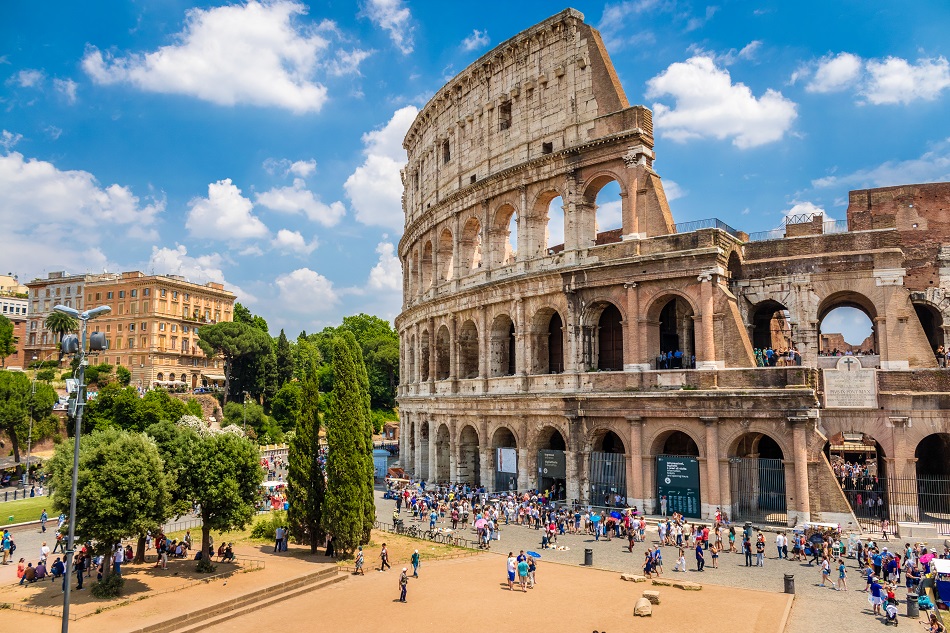
Planning your first holiday in Italy usually begins with organizing a trip to Rome.
Seeing the best of Rome is exhausting but well worth the effort. At its height, the Roman Empire encompassed most of the Mediterranean region as well as large swathes of northern Europe and the Middle East. As the administrative center of a powerful empire, the city of Rome accumulated great wealth.
Successive Roman Emperors honored ‘the glory of Rome’ through triumphal arches, vast collections of ancient artifacts, and by initiating pioneering building projects, such as The Colosseum.
Which Sights do you Focus on in Rome?
A plethora of churches, gardens, galleries, and museums are dotted across Rome; then there are the piazze lined with cafes, aperitivo bars, and restaurants. Don’t forget that Rome remains the symbolic seat of the Roman Catholic Church as well as the political and administrative center of the Italian Republic.
People usually give themselves at least three days to see Rome. Covering over two-and-a-half thousand years of Roman history in a few, hot days is difficult though. It’s quite easy to spend upwards of half a day at any one of Rome’s top attractions, especially if you’ve got the kids in tow.
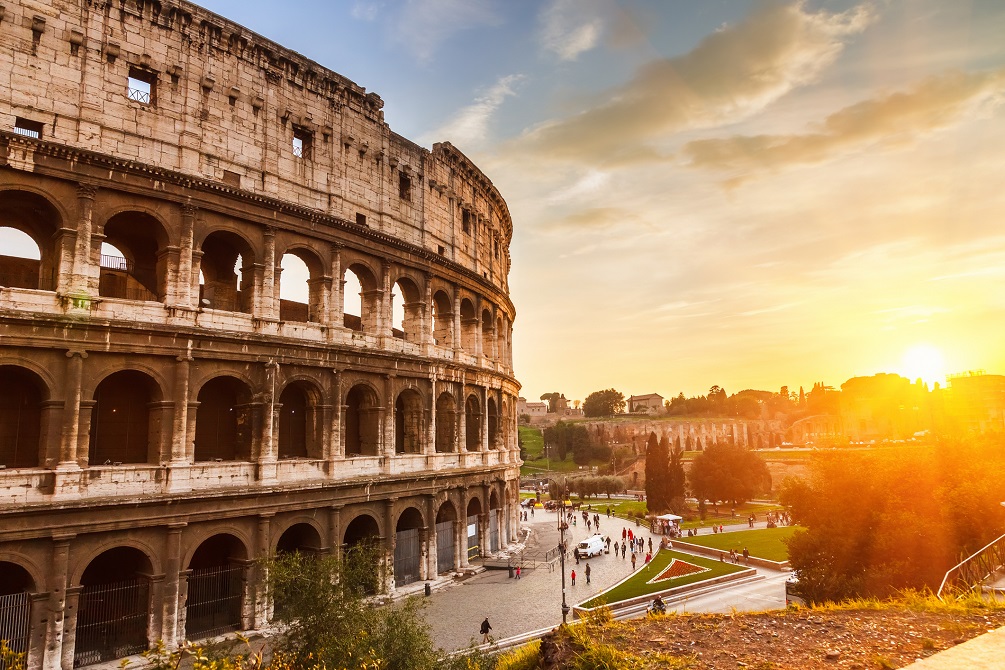
Before you even consider visiting the Trevi Fountain, the Spanish Steps, St Peter’s Basilica, the Pantheon, Quirinal Palace or the Forum, go and see The Colosseum!
When was the Colosseum in Rome Completed?
Named the Flavian Amphitheatre after the ruling dynasty at the time, the Colosseum was opened to the public by Emperor Titus in AD 80. The inaugural games were a celebration that lasted for one hundred days.
It’s thought that Titus rushed the opening of the Colosseum and commencement of the games. The Roman citizenry, superstitious and deity-worshipping as they were, had grown anxious after a couple of domestic disasters had struck in quick succession.
In August of AD 79, Mount Vesuvius erupted causing violent pyroclastic flows of superheated rock, gas, and ash Wealthy, and regionally important towns and cities were completely destroyed. Places like Herculaneum and Pompeii where thousands lost their lives and many more saw their homes, farmland, and livelihood wiped out.
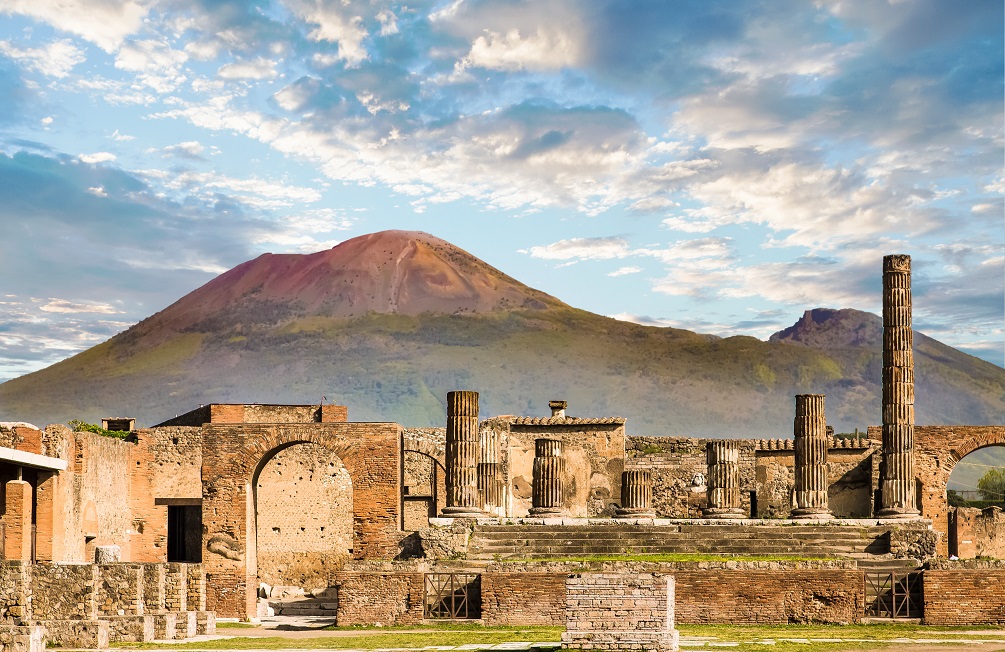
Not long after, in March of AD 80, a large area of Rome was destroyed by a city-wide fire that burned for three days. Many symbolic buildings, including the Pantheon and the temple of Jupiter Capitolinus, were ruined.
Plenty of reason to open the Colosseum to the people.
How Rome’s Colosseum was Built
Construction began in AD 71. From conception through to its completion the Colosseum was the largest and most important architectural project in the Roman empire. To this day, the Colosseum remains the largest freestanding, oval-shaped amphitheater in the world.
Building materials from all over the empire were used in the construction of the Colosseum.
Travertine, a type of limestone, was used for the main load-bearing walls and facade.
Iron was used to make clamps to hold walls together.
Roman cement formed the arches and bricks inlaid the passages and archways.
White marble was used for the seating area and parts of the facade’s cladding which included hundreds of statues. Lead and terracotta pipes were used to transport water in a complex system underneath the Colosseum known as a hypogeum.
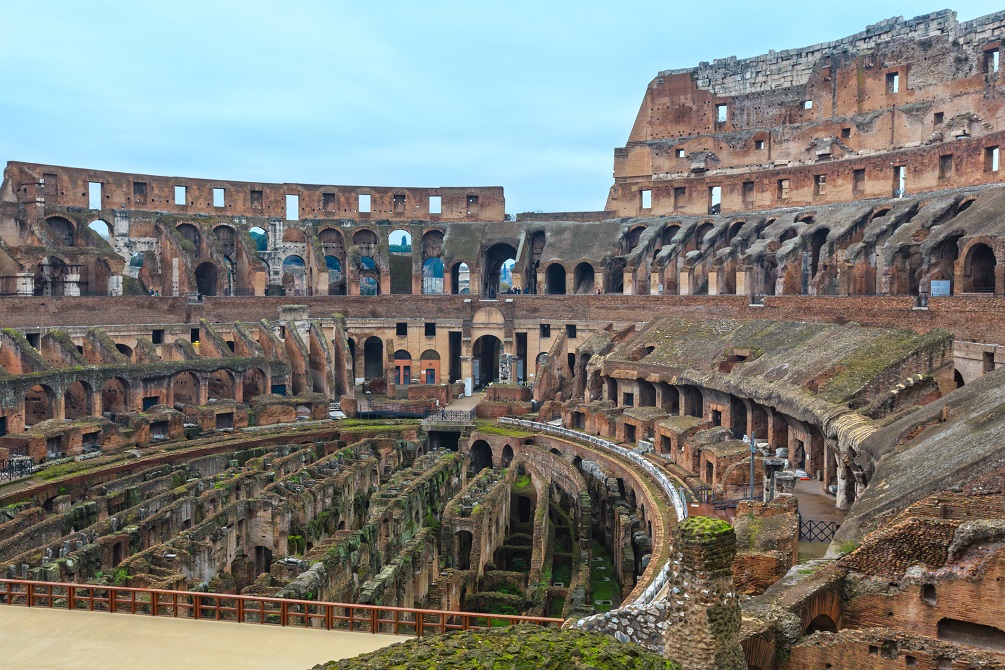
At 50 meters in height, The Colosseum would have towered over nearby structures. The wooden ‘attic level’ of the Colosseum gad a system of awnings that could be unfurled to shield the 50,000-string crowd from the sun. The size of the Colosseum must have amazed the Roman people, especially those from outside the metropolitan sprawl. The most striking feature: an exquisite superstructure of barrel and cross vaults that forms 80 arches around the Colosseum’s Oval base.
Visiting The Colosseum in 2021
Just as Rome was at the heart of the Roman Empire, the Colosseum is at the heart of Rome. The UNESCO World Heritage Site dominates the area at the end of the Forum valley. For the best view of the Colosseum’s facade, approach from the Via dei Fori Imperiali.
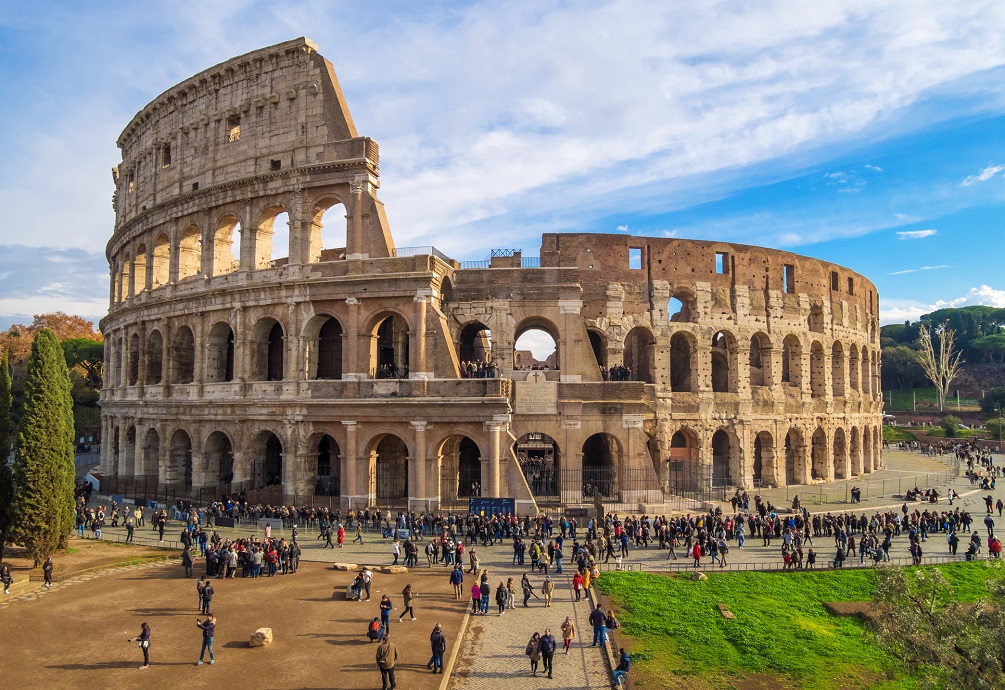
You’ll need a ticket to gain entrance to the Colosseum, but be aware of access restrictions based on your ticket. A guided tour is the best way to learn about the Colosseum and its place in Ancient Rome.
A decent guide is able to bring the structure to life through stories of the gladiators as well as details about the Colosseum’s complex structure. It’s fascinating to learn about the hypogeum, a network of underground tunnels and holding pens, underneath the Colosseum’s floor. Animals and gladiators would emerge from the hypogeum via trapdoors and lifts. It’s easy to imagine how the mechanics of the hypogeum added to the theatre and brutal spectacle.
Renovation of the Colosseum
The exciting news regarding the Colosseum is that plans are underway to install a €10 million representation of the original arena floor. The retractable floor will allow for physical demonstrations of how the hypogeum worked.
The main aim of the new floor is to give a realistic representation of how the Colosseum would have looked when gladiators and animals roamed the arena.
It’s probably safe to assume that live dramatizations and potentially live music shows are being considered for the Colosseum too. Work is still at the design stage though and the new floor is not expected to be completed until 2023.

Charlotte Bendon
Charlotte Bendon
charlotte@bendon.com
Specialist Area:
All Inclusive, Beaches, City Breaks, Theme Parks, Weddings and Honeymoon, Spa & Wellness, Romantic
View ProfileRelated Articles
Related News
Related Offers
SIGN UP FOR OUR MAILING LIST
Enter your email address and receive daily or weekly updates with the latest articles, news and videos.Copyright © 2021 Experienced Travellers Ltd. Experienced Travellers Ltd is not responsible for the content of external sites. Read about our approach external linking.

















